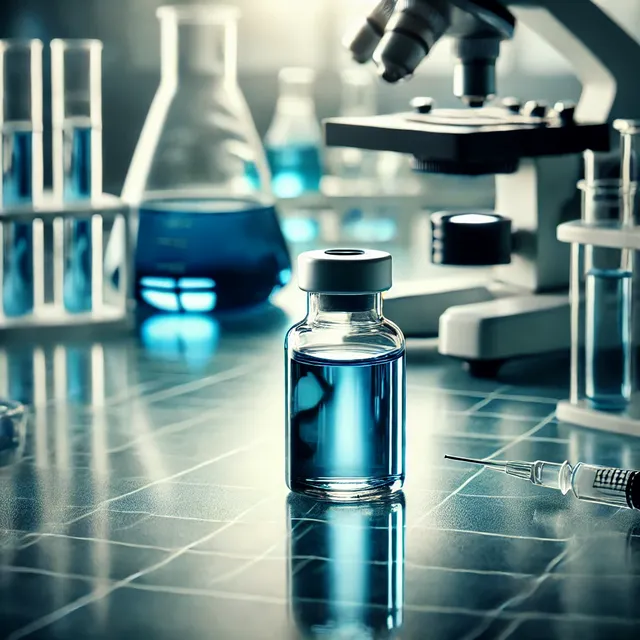Methylene Blue: The Multitasking Molecule with a Rich History

When you hear the words "methylene blue," the first thing that might come to mind is a chemical compound. But did you know that this little blue molecule has a big story to tell? From its roots in the textile industry to its revolutionary roles in medicine, methylene blue has proven itself to be a versatile and invaluable substance. Let’s dive into its colorful journey, uncovering its history, medical marvels, and cellular significance all with a dash of charm!
A Vibrant Beginning: The History of Methylene Blue
Methylene blue was first synthesized in 1876 by German chemist Heinrich Caro. Initially, it was developed as a dye for fabrics, giving textiles a rich blue hue. But its story didn’t stop at the fashion world. By the late 19th century, scientists began to uncover its potential in medicine. In fact, it was one of the first synthetic drugs used to treat malaria! Talk about a glow-up from fabric dye to life-saving medicine.
A Medical Marvel: Uses in Modern Medicine
Fast forward to today, methylene blue is a jack-of-all-trades in the medical world. Here are just a few of its notable applications:
Treating Methemoglobinemia: This rare condition occurs when hemoglobin can’t release oxygen effectively to the body’s tissues. Methylene blue acts as an antidote, restoring normal oxygen transport with remarkable efficiency.
Antimalarial Agent: While it’s no longer a frontline treatment for malaria, its historical role paved the way for modern antimalarial drugs.
Cognitive Enhancer: Some research suggests that methylene blue may improve memory and cognitive function, possibly by enhancing mitochondrial activity. Imagine boosting brainpower with a molecule over 140 years old!
Antioxidant Properties: Methylene blue is being studied for its potential to combat oxidative stress, which is linked to aging and various diseases.
Surgical and Diagnostic Tool: Surgeons often use methylene blue to identify and mark tissues, making procedures more precise. It’s also employed in diagnostic tests, particularly in urology and gastrointestinal medicine.
The Cellular Superstar
At the microscopic level, methylene blue works its magic in mitochondria, the powerhouses of our cells. It acts as an electron donor and acceptor, enhancing cellular respiration and energy production. This unique property is why it’s being explored for treating conditions like Alzheimer’s and Parkinson’s disease. Essentially, it’s like a tiny personal trainer for your cells, helping them perform at their peak.
Beyond Medicine: Other Applications
Methylene blue doesn’t limit itself to medicine. It’s also used in:
Aquariums: It’s a favorite among fish enthusiasts for treating infections in aquatic life.
Research: Scientists use it as a stain to make cells and tissues visible under a microscope.
Safety First: A Word of Caution
While methylene blue is a wonder molecule, it’s not without risks. High doses can cause side effects, and it’s not suitable for everyone. Always consult a healthcare professional before considering its use.
A Molecule Worth Celebrating
From textiles to treatments, methylene blue has woven itself into the fabric of science and medicine. Its versatility, effectiveness, and fascinating history make it a molecule worth celebrating. So next time you hear about methylene blue, remember this little compound is doing big things, one molecule at a time!